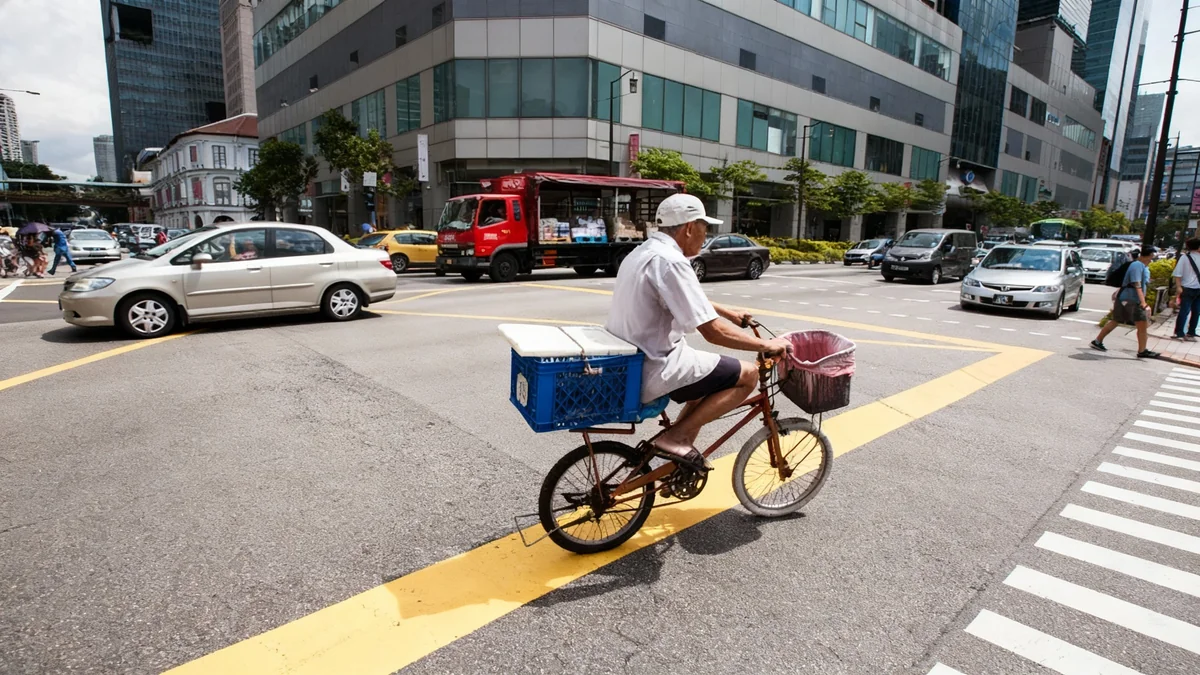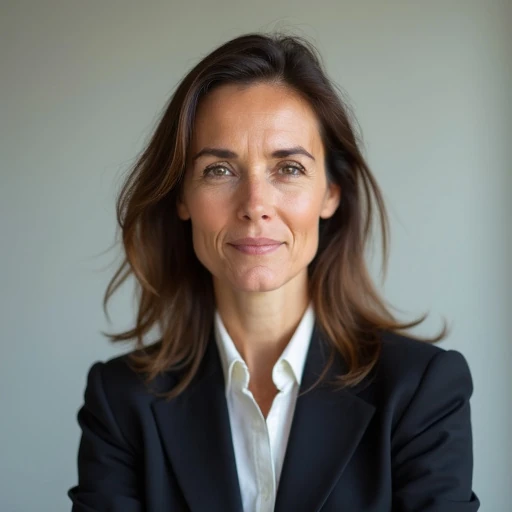Singapore's national pension system has been awarded a top-tier 'A-grade' in the Mercer CFA Institute Global Pension Index, a first for the city-state. The achievement places Singapore among the world's best-performing retirement systems and makes it the only Asian country to receive the highest rating.
Key Takeaways
- Singapore's pension system received an 'A-grade' in the Mercer CFA Institute Global Pension Index for the first time.
- It is the only Asian nation in the top tier, joining countries like the Netherlands, Iceland, and Denmark.
- The ranking reflects 17 years of steady reforms to the Central Provident Fund (CPF) system.
- Despite the high rating, challenges remain regarding savings adequacy for gig economy workers and flexibility for members.
A Landmark Achievement in Retirement Security
Singapore's retirement income framework, centered on its Central Provident Fund (CPF), has officially joined an elite group of global pension systems. The 2025 Mercer CFA Institute Global Pension Index elevated Singapore to an 'A-grade', a significant milestone that validates years of policy adjustments.
This new classification places Singapore alongside established leaders in retirement security, including the Netherlands, Iceland, Denmark, and Israel. The index evaluates pension systems based on three key sub-indices: adequacy, sustainability, and integrity.
Understanding the Central Provident Fund (CPF)
The CPF is a mandatory comprehensive social security savings plan for working Singaporeans and permanent residents. Contributions are made by both employees and employers, and these savings are primarily intended to fund an individual's retirement, healthcare, and housing needs.
A 17-Year Journey of Continuous Improvement
The journey to the top tier has been a long one. When the index was first launched 17 years ago, Singapore's system was rated a 'C'. Since then, the government has implemented a series of gradual but impactful reforms.
According to Tim Jenkins, the report's lead author and a partner at Mercer, Singapore has been actively monitoring the index and making targeted changes to improve its performance. Recent efforts have focused on enhancing transparency and providing citizens with clearer information about their expected retirement income.
These reforms have been instrumental in strengthening the system's overall score, demonstrating a long-term commitment to providing a stable financial future for its aging population.
Persistent Challenges and Ongoing Debates
Despite the prestigious ranking, Singapore's CPF system is not without its critics and faces ongoing challenges. A key area of concern is the system's suitability for all segments of the population. A 2023 report from EY suggested that younger Singaporeans with a higher risk tolerance might achieve better investment returns managing their own funds.
Another common point of friction is the difficulty some members face when trying to access their savings for immediate financial needs, as the system is structured to preserve funds for long-term retirement.
Global Pension System Rankings
While Singapore now holds an 'A-grade', other major economies lag behind. The United States' system is ranked 30th globally, while India's system currently holds a 'D-grade', indicating significant areas for improvement.
The Gig Economy Gap
A significant challenge lies in covering workers in the gig economy. Many self-employed individuals, such as the older 'aunties' and 'uncles' working in the city's famous hawker centers, have historically fallen outside the mandatory CPF contribution framework. This can leave them with insufficient savings for retirement.
The government has recognized this gap and is taking steps to address it. New legislation is being introduced to better integrate gig economy workers into the system. Additionally, programs have been launched to supplement the retirement accounts of older, lower-income Singaporeans to bolster their financial security.
Real Estate as an Alternative Retirement Pillar
Beyond the formal pension system, property ownership is a cornerstone of retirement planning for many Singaporeans. The strategy involves using property as a store of wealth, with the expectation of capital appreciation over time.
However, this path is becoming increasingly challenging. Real estate in Singapore remains one of the most expensive in the world, even with government measures designed to cool the market and deter speculation. The high-end market remains particularly robust, with over 20 transactions for 'Good Class Bungalows'—the most prestigious form of housing—recorded this year alone.
Market Dynamics and Affordability Tactics
While the broader property market experienced a slowdown in sales in September, underlying buyer interest appears strong. One recent residential launch, Skye at Holland, saw buyers purchase 658 of the 666 units offered in a single weekend, making it the best-selling launch of the year.
To appeal to budget-conscious buyers in a high-cost environment, developers have adopted a strategy of shrinking unit sizes. For instance, some new two-bedroom apartments are now just 581 square feet, smaller than many older one-bedroom units. This tactic keeps the total purchase price below key psychological thresholds, such as S$2 million.
Analysts expect housing demand to remain strong, supported by factors like intergenerational wealth transfers and the migration of residents from public to private housing. This sustained demand presents a complex challenge for policymakers aiming to balance market stability with housing affordability for future generations.





